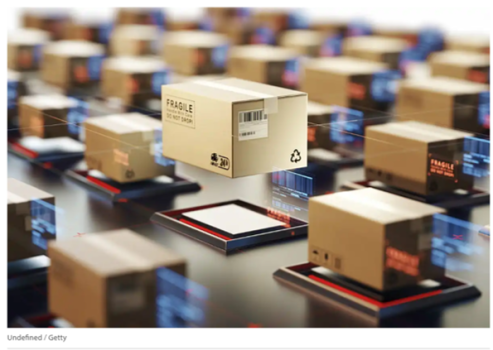K
Kathleen Martin
Guest
The supply chain havoc caused by the coronavirus pandemic has left an indelible mark on the minds (and businesses) of manufacturers, wholesalers, dealers and retailers. Lockdowns and restrictions hindered manufacturing and shipping, resulting in shortages in pharmaceuticals, electronics, food items and raw materials in just about every industry.
A McKinsey study on the impact of this extended disruption found something very interesting: while 75% of companies surveyed faced problems with their supplier base, production and distribution, 85% said they struggled with “insufficient digital technologies” in the supply chain.
The solution? Nine out of 10 leaders in the survey said they planned to focus on digitization of the supply chain to improve its resilience. Specifically, they’re looking at these areas:
Driving this parallel growth in smart manufacturing and supply chain technology are a handful of technologies:
A McKinsey study on the impact of this extended disruption found something very interesting: while 75% of companies surveyed faced problems with their supplier base, production and distribution, 85% said they struggled with “insufficient digital technologies” in the supply chain.
The solution? Nine out of 10 leaders in the survey said they planned to focus on digitization of the supply chain to improve its resilience. Specifically, they’re looking at these areas:
- Centralized supply chain planning
- Advanced analytics
- Reskilling the labor force for digital planning and monitoring
Driving this parallel growth in smart manufacturing and supply chain technology are a handful of technologies:
- Industrial Internet of Things (IIoT):devices that enable data collection from more interaction points, factory automation, shipment tracking via GPS and machine-to-machine (M2M) and machine-to-people (M2P) communications

